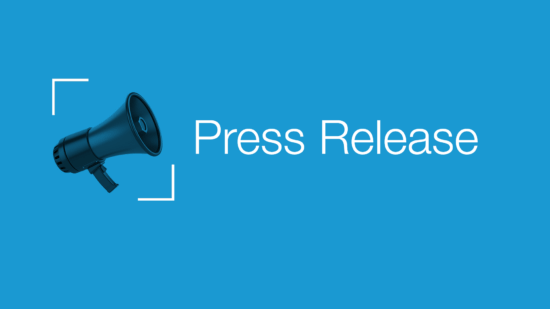
In a high-interest rate environment, investors must choose between the safety of cash and the potential of higher yields from fixed-income securities.
In the current economic environment, characterized by persistent inflation and central banks adjusting their interest-rate policies, many investors are questioning where to park their funds. With money-market funds, treasury bills, and certificates of deposit (CDs) offering attractive yields, it might seem prudent to stay in cash or cash-equivalent vehicles. However, while these options may appear safe, there are compelling reasons to reconsider this strategy, especially when it comes to long-term financial goals.
Higher for Longer: What It Means for Equities
Central banks in both the U.S. and Europe continue to grapple with inflation that remains above their 2% target. This has led to a consensus that we may be entering a “higher-for-longer” interest-rate environment. Unlike the past decade, which saw near-zero interest rates, the next ten years are likely to feature higher rates driven by both persistent inflation and a recognition that ultra-low rates may have been a policy misstep.
For equities, this shift has significant implications. Higher interest rates increase the discount rate used in equity valuations, which generally leads to lower valuations. When comparing equities to fixed income on an equity-risk-premium basis, the attractiveness of stocks appears diminished. For example, Treasury Inflation-Protected Securities (TIPS) currently offer a real return of around 2% with a 10-year duration—an attractive option when compared to the S&P 500’s earnings yield. After accounting for inflation, the equity-risk premium is historically low, suggesting that bonds might be a better bet than equities at the headline level.
However, this does not mean equities should be completely dismissed. Beneath the index level, there are still sectors and individual stocks offering compelling valuations. For investors with a higher risk tolerance, seeking out these opportunities could still provide meaningful returns. But on a broader scale, fixed income, especially in the form of high-quality bonds, offers a safer and potentially more rewarding alternative in this environment.
Cash or Fixed Income: A Strategic Decision
The surge in yields on money-market funds, treasury bills, and CDs has understandably drawn the attention of risk-averse investors. The appeal of these vehicles lies in their safety and liquidity, making them attractive for those who want to “wait and see” as the economic landscape evolves. But is this the most prudent strategy for long-term investors? Perhaps not.
The influx into cash-equivalents is largely driven by fear—fear of market volatility, economic downturns, and further rate hikes. While this is a natural response, it may not be the most effective way to achieve financial goals. Currently, the front end of the yield curve has stabilized, but the back end has risen, bringing the yield curve closer to its historical norm. This shift signals that we might be moving back to a more traditional interest-rate environment, where holding cash might not be as advantageous as it seems.
In a normalizing environment, where interest rates are no longer at historic lows, holding longer-duration fixed income becomes more appealing. If a recession materializes, as some expect, yields are likely to fall, and those holding high-quality bonds with longer durations could see positive returns. For this reason, investors may want to consider moving away from cash and into fixed-income securities, particularly those with maturities in the 3- to 4-year range.
This part of the yield curve offers a balanced approach: it provides higher income than the very short end, while still offering some protection against the risk of rising rates. Additionally, if inflation persists or accelerates, central banks may need to tighten further, but the 3- to 4-year duration still offers a reasonable trade-off between income and interest-rate risk.
Conclusion: A Balanced Approach for the Long Term
While cash and cash-equivalents offer safety and liquidity, they are not without opportunity costs, especially in a higher-for-longer rate environment. With central banks potentially holding rates higher for an extended period, fixed income, particularly in the 3- to 4-year duration range, presents a more attractive alternative for investors seeking both income and stability.
Ultimately, the decision between staying in cash or shifting into fixed income should be guided by your financial objectives and risk tolerance. For those with a long-term horizon, moving into fixed income now could be a strategic move that positions you for success as the economic landscape continues to evolve. While cash may feel safe, it’s worth remembering that a well-constructed fixed-income portfolio can offer both safety and the potential for attractive returns, especially as we navigate these uncertain times.
Discover more about:
More Insights

FOMC Update: Fed Approves Third Consecutive Rate Cut, Projects Slower Pace

Luxury Brands Navigate China Slowdown and Tariff Pressures

Thornburg Investment Income Builder Fund – 4th Quarter Update 2025

Extract Maximum Income Using Active Management

Investment Perspectives from the Road: European Luxury Goods

